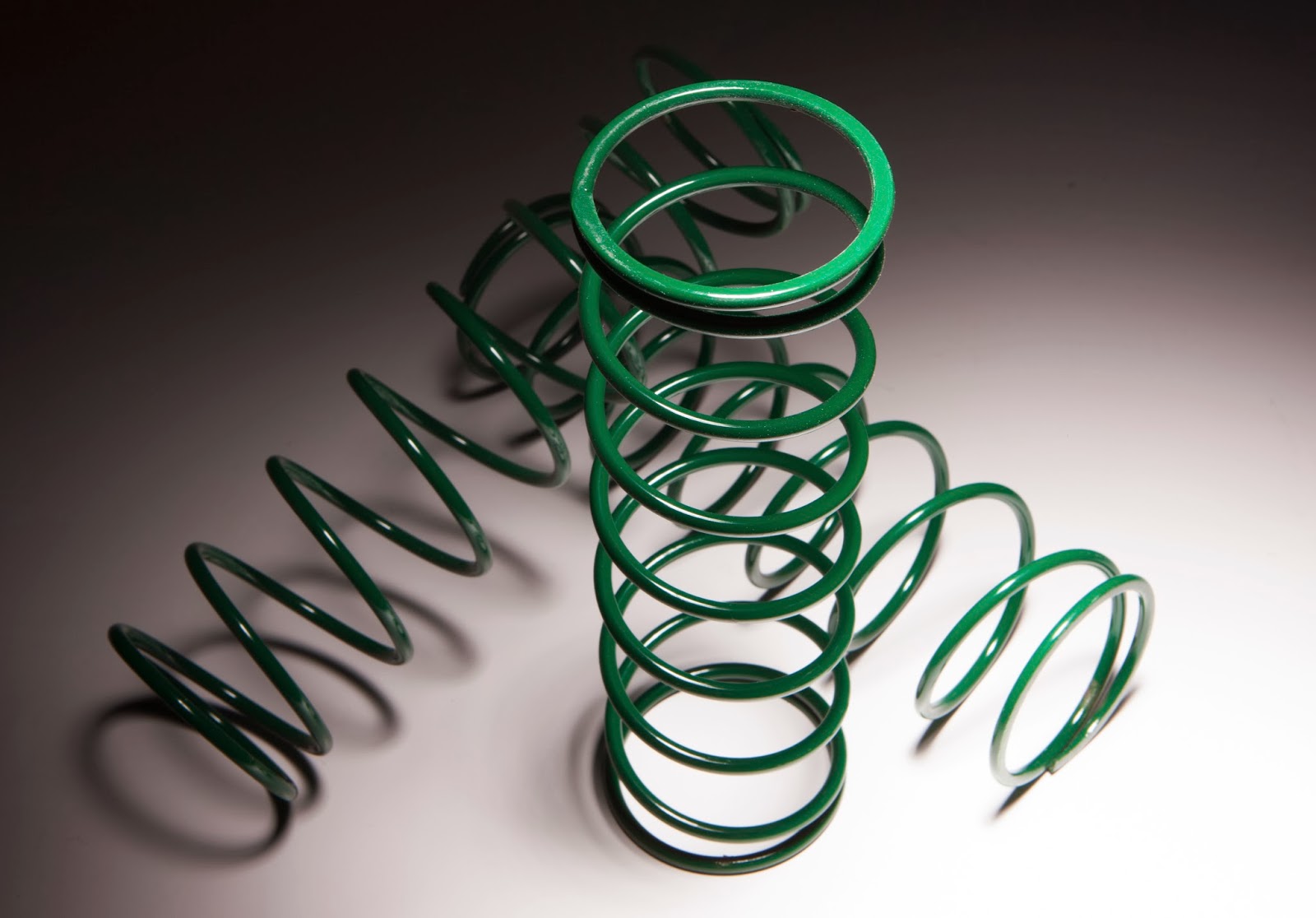Choosing the right type
of industrial spring can be a tricky task. That is because of the immense
variety of spring types available today. Each spring type is designed for a
particular type of load force to be applied to the spring. If the wrong spring
type is used, then it can lead to disastrous consequences.
 But this can be easily
solved by doing a quick run-through of the different types of springs being
manufactured. Understanding aspects such as load force of each spring, type of
spring ends, etc. will help you make the decision of which spring to purchase
for your industrial application.
But this can be easily
solved by doing a quick run-through of the different types of springs being
manufactured. Understanding aspects such as load force of each spring, type of
spring ends, etc. will help you make the decision of which spring to purchase
for your industrial application.
Types
of Springs
Springs are generally
classified by their shape and the kind of force loads that is applied on them. Let’s
take a look at these separately.
